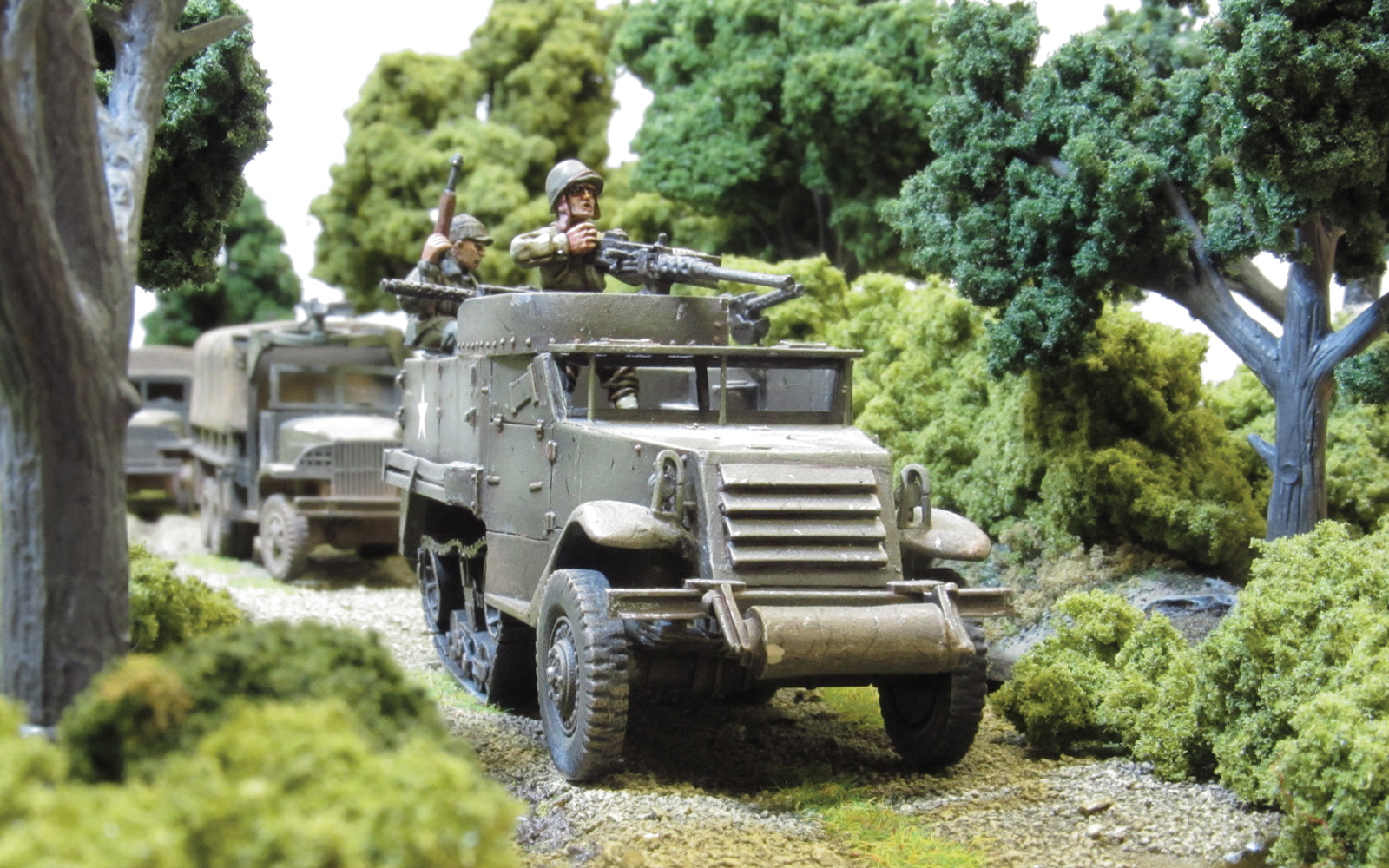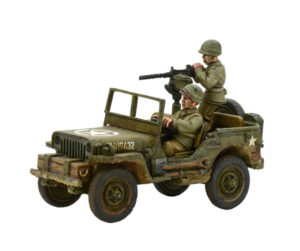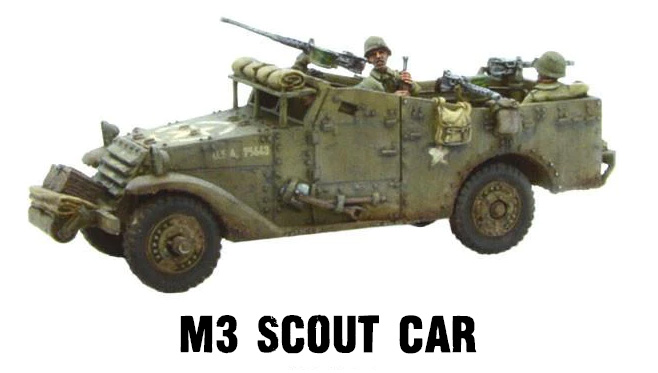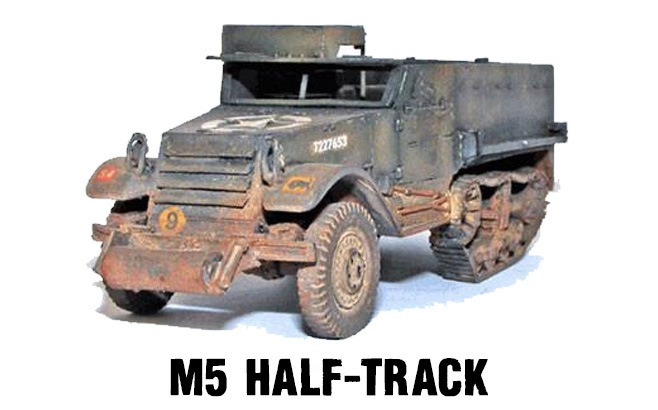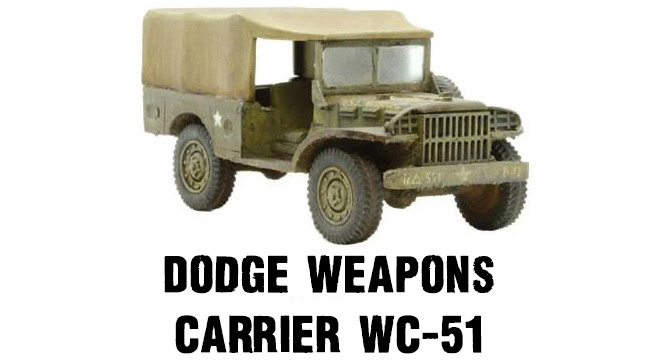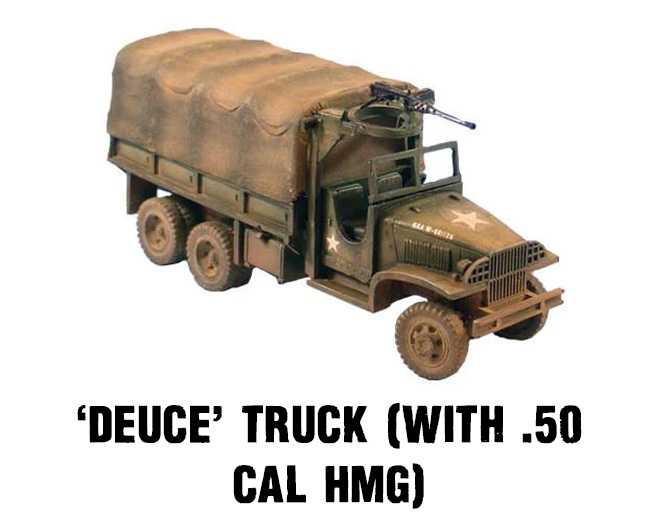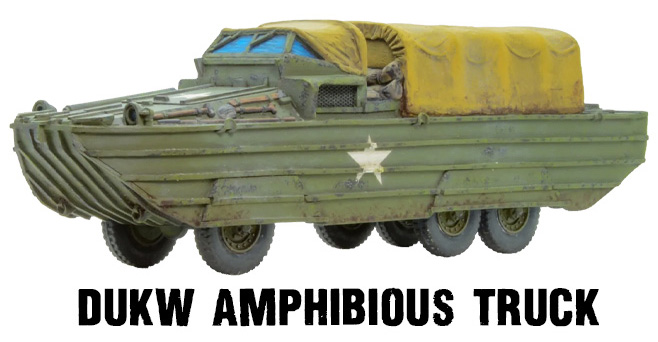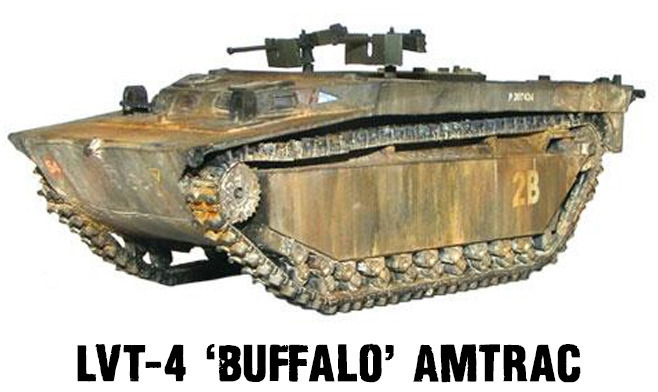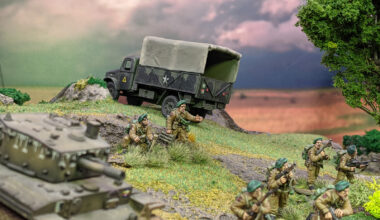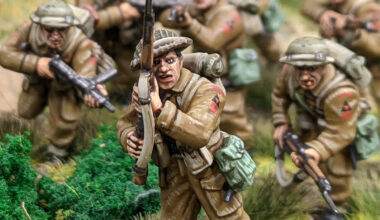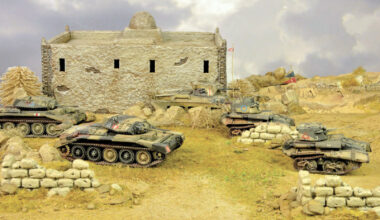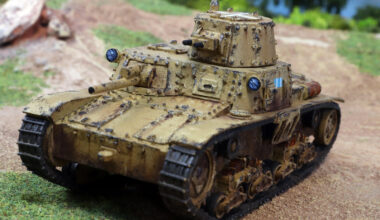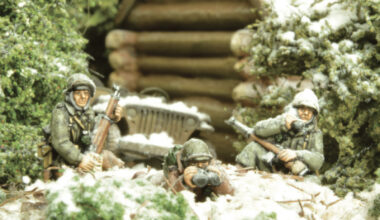Of all the belligerent nations of the Second World War, none have a greater reputation for fielding a greater motor transport pool than the USA. Sure, the German Hanomags might be more iconic, but the Axis could never compete with the sheer industrial muscle of the US automotive industry for the volume of vehicles produced. The US Army was mechanised to a degree that no other nation could match, perhaps making it the first all-motorised army. Furthermore, enormous numbers of vehicles were provided to the Allied nations under the Lend-Lease program, meaning that you really couldn’t avoid bumping into an American truck, half-track, or jeep, no matter what theatre you were fighting in. This is great for us as wargamers, as transports are enormously useful in Bolt Action, no list is truly complete without them.
Of all the US transport vehicles, the humble jeep is of course the most numerous and well-known. You could even write a whole article just about jeeps – but what kind of maniac would do that? Rather than re-write the whole thing here, let’s just say that the jeep was (and still is!) really, really useful, both in reality and on the Bolt Action tabletop!
Somewhat larger than the humble jeep, and the precursor to the much more famous M3 half-track was the M3 Scout Car, better known in British service as the ‘White’ Scout Car (as it was produced by the White Motor Company), and more properly designated the M3A1 (not to be confused with the M3A1 half-track, we’ll get to that later – and you thought the British naming conventions were confusing -ed.), it was a large and heavy vehicle intended for service with armoured cavalry units to conduct reconnaissance and screening duties. Poor cross-country performance rendered it unsuitable for this role in many regards, but it was well-liked for its speed and reliability, making for an excellent command vehicle – General Patton is known to have used a modified M3 as his personal command post. Over time it was supplanted in the reconnaissance role by the more capable M8 and M20 armoured cars and later half-tracks, but remained in service on convoy escort duties and rear-area security, where it was able to use its on-road mobility to best effect. Almost seven thousand were supplied to the British under Lend-Lease, who used them mostly as simple armoured trucks for a variety of situations where having a spot of armour plating was considered useful, while the Soviet forces used their three thousand examples mostly as troop-carriers and gun tows. In games of Bolt Action, the M3 is an intriguing option for either the transport or armoured car roles. Fielded as a ‘standard’ transport, it can carry eight men in a modicum of safety (perfect for smaller squads such as flamethrower-toting Engineers!) and can be kitted out with no fewer than three additional MMGs to supplement its .50cal HMG – talk about a gun-bus! Alternatively, you can ditch the transport capacity (but keep the guns) for the ever-useful Recce rule, making it a great ‘shoot-and-scoot’ option for dealing with enemy infantry.
The US interest in half-tracks was well-established before the outbreak of war, as they were seen to offer greater mobility than wheeled vehicles in muddy and wet conditions – a problem highlighted in service by the M3 Scout Car. The M2 half-track car was conceived initially as a prime mover and ammunition hauler for the artillery, as well as a transport for machine-gun teams, but was also pressed into service to fill the role of the M3 Scout Car with the cavalry. A slightly improved version, the M2A1, mounted (in typical American fashion) even more MMGs but otherwise remained more or less the same. For US armies in Bolt Action they provide a rock-solid armoured mount for ten-man squads, and the M2A1 positively bristles with firepower of its own! While a little pricey if you take all the machine guns, they’re certainly an effective force multiplier!
The most common of the US half-tracks was the M3, a larger derivation of the M2. Intended to provide combat transport to armoured infantry divisions, the M3 was first used in significant numbers during November 1942’s Operation Torch. They were initially derisively referred to by the troops as ‘Purple Heart Boxes’ (a reference to the US medal for wounds received in combat) due to their light armour and open tops, but this is arguably as a result of the vehicles being used too aggressively. After a period of settling in, the type became well-liked for its utility and reliability, with good off-road mobility and a seemingly endless number of uses. Many were built as mortar carriers and mobile AAA (anti-aircraft artillery), while others served as ambulances, command posts, and artillery tractors. A Lend-Lease variant, the M5 (virtually identical to the M3 barring a few changes to ease production) was widely provided to the Allied nations and saw service in all theatres, with both M3s and M5s continuing in limited service around the world to this day! In games of Bolt Action, the M3 (and slightly revised M3A1) gives you the transport capacity for a full 12-man rifle squad (the intended historical purpose) but is also great for getting a few small teams around the board. Being an American vehicle, it mounts the obligatory .50cal HMG, with the option to add another three MMGs, just in case you really, really want to make some infantry go away!
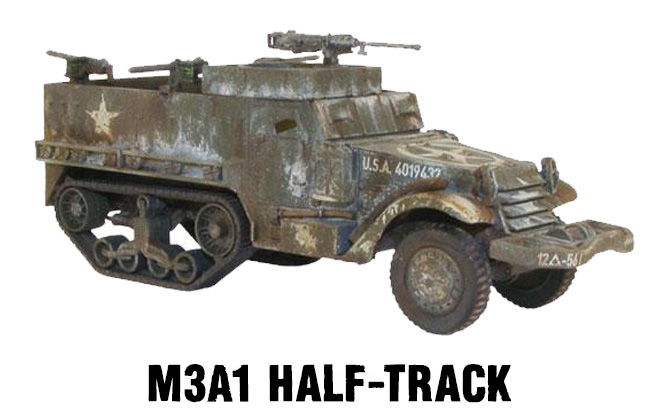
While I’ve covered the jeep elsewhere, they did have a larger cousin – the Dodge 3/4 Ton Truck, affectionately known as the ‘Beep’ or ‘Big Jeep’. Designed in much the same way as the jeep to fulfil an almost endless number of utility roles, only, well… larger, the ¾ Ton served mostly in non-combatant and staff roles, but some were used as weapons carriers. Thousands of these useful trucks were (in what has to be considered something of a theme by this point) provided as Lend-Lease support, and were well-liked by all users. With so many variants, it’d be impossible to have rules profiles for them all, so US armies have access to a ‘generic’ version that can be used to represent the vast majority of versions for Bolt Action. At 31 pts for Regular, it can transport eight men, making it perfect for flamethrower-toting Engineer squads or other smaller veteran units. With an MMG on top it’s a little less affordable, but every American player knows that you can never have too much firepower!
Of all the commercial-style cars and trucks produced by the US for the war effort, the most commonplace and iconic was the 2 ½ Ton 6×6 Truck, colloquially referred to as the ‘Deuce and a Half’. This was a family of very similar vehicles from a number of manufacturers, with the most common being the GMC CCKW. Really just a good, bog-standard lorry, capable of being modified to perform a number of roles, over 500,000 were produced and served in every imaginable capacity. Tens of thousands more went to the Allies under Lend-Lease, and continued in service worldwide for many years. On the tabletop, it’s 51pts for a truck that seats 16 blokes, and you can whack an HMG on the top. Enough said, really – there’s virtually no force that couldn’t use one!
So versatile was the CCKW that it was even used as the basis of a boat… sort of! The DUKW (nicknamed, rather obviously, the ‘Duck’) was an amphibious truck designed to ferry troops and cargo to and from beaches, but was still capable of functioning as a truck (albeit with somewhat reduced carrying capacity) on land. Amphibiousness is a bit of a niche ability, it must be said, but there’s nothing better than being able to breeze through an irritating water obstacle and get right into the fight! If you’ve got a friend with an annoyingly boggy gaming table, the DUKW might be just what you need!
Finally, for those of a truly nautical bent, there’s the LVT-4 (Landing Vehicle Tracked), better known as the ‘Buffalo’, an armoured amphibian designed for river-crossings and beach-landings under fire. Serving at the end of the war in many European river crossings, the Buffalo was a capable vehicle, and its descendants continue to serve in militaries around the world to this day. Surprisingly affordable at 140 pts, it can carry a whopping 30 men, or a jeep, or even an artillery piece, with a 7+ Damage Value giving at least some protection from incoming fire. Sadly, we don’t seem to see very many of them on Bolt Action tables – this is a crying shame, and I’m here to urge you to reconsider – leave the trucks at home, and adopt a Buffalo today!
With that, you’ve got a rundown of all the ways to get your G.I.s around the battlefield – time to do your best impression of the US automobile industry, and get building!
